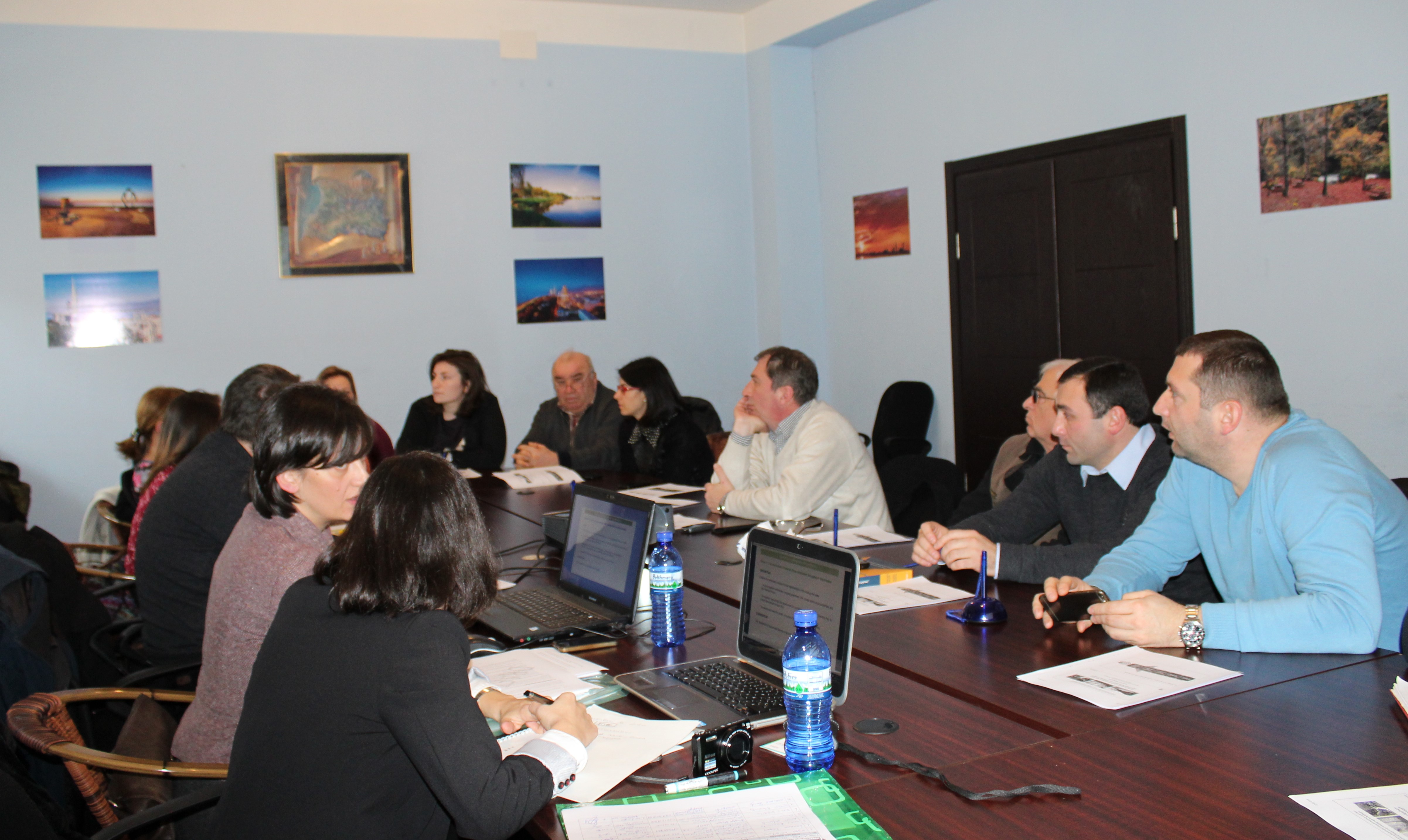Appropriate tourism development is an important means and opportunity for Protected areas (PA) and communities located adjacent to them to meet their aims and needs.
In the case of the Protected Areas, the aims are:
- to provide a recreational service to visitors
- to increase public awareness and understanding of the importance of conservation
- to generate incomes that enhance management and strengthen sustainable financing for that purpose.
In the case of local communities, the aim is to increase sustainable incomes, improve and diversify livelihoods.
In both cases, the emphasis is on “appropriate” tourism, i.e. tourism that does not overwhelm or degrade the fundamental tourism attraction (i.e. the pristine nature and cultural landscape). In the PA’s case, there is also an emphasis on educational and awareness aims. This requires that tourism development is carefully planned and focuses on maximizing overall longterm benefits, rather than short term financial benefits.
In this context, project's support concentrated initially on developing a sound strategic vision for the Ajara PA system as a whole and individual colchic forest PAs in particular. On this basis, appropriate tourism development was supported on the ground both in the new Machakhela NP and generally in the valley.
